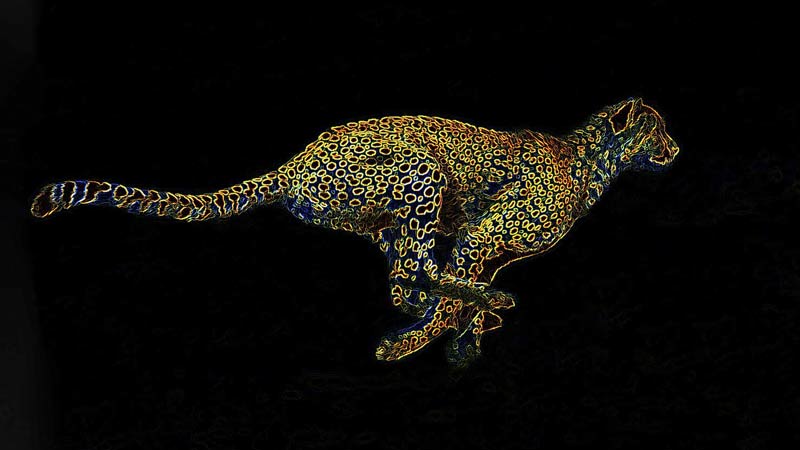
My introduction to Dr. Peter Weyand came late last century on a snowy day at Benedictine University in Lisle, Illinois. Respected Illinois high school coach Ken Jakalski led a seminar featuring Weyand and his new research on sprinting speeds.
At the time, Kevin O’Donnell and Loren Seagraves were the rage with their Speed Dynamics VHS tapes. Every coach had their own copy. They could recite all of the drills from “A” skips to whatever the last alphabet letter they used. You weren’t a good sprint coach unless you had all of your athletes lined up doing the drills in unison.
I can still hear the sound of a good practice because everyone’s feet were hitting in unison. And in the back of all the coaches’ minds was the stride rate vs. stride length controversy. This was such a powerful, overriding factor that we even had sticks set out to work length or shorten the distance-to-do rate. And on acceleration days, we threw out the slats with rope to measure the lengths of acceleration. Those were the days.
Jakalski’s entertaining introduction reminded us of our journey with speed development, touching on such cool toys as the Kolka Thigh Trainer, Russian parachutes, and other well-marketed devices that caught the attention of desperate sprint coaches who had a spare Benjamin or two in their budgets. He ended with the statement that Dr. Weyand was going to change all of that. And he did.
Dr. Weyand is not a sprint coach. At that time, he was a Harvard University researcher, working at a nearby one-time Nike anti-aircraft missile control center. He had a force plate and high-speed cameras that recorded animals and people running. If my memory serves, he started working for the US Army to look into calorie expenditure and running. From there, he looked into birds running, like ostriches. That led him to limb repositioning.
In his paper “Faster top running speeds are achieved with greater ground forces not more rapid leg movements” (Journal of Applied Physiology, 89: 1991-2000, 2000), he determined that repositioning of legs was just about the same in everything he tested. (Everything except the common house cat. He had every kind of animal and human run on the plate but couldn’t get a cat to do it). He even inherited a lion that had started living at the facility.
What was cooler than the roaming lion was Weyand’s conclusion that what determines speed is the amount of force an athlete applies to the ground. This not only applies to humans but also to animals as well. The really fast ones—cheetahs, ostriches, greyhounds—hit the ground much harder than sheep, lions, and other slower animals. I have Boerboels. They are very fast for big dogs, just for about 50 yards. When they go by, you can hear the thud of their feet on the ground. When my really fast sprinters go by, it is like a drum. Weyand concluded that the harder you hit the ground, the faster you are. He compared the world’s top sprinters to other runners and found the same thing.
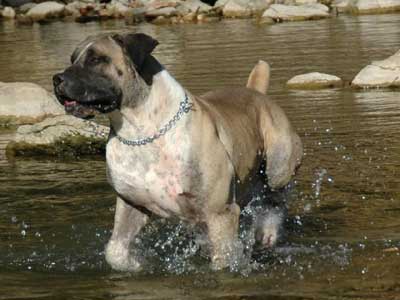
The seminar was a game changer. But, it was only a game changer in theory because no one gave any tips on how to develop the ability to put force to the ground. It was a brand-new game. Is it strength or stiffness that needs the work? Do we do a ton of plyometric work? Do we start lifting large amounts of weight?
Both create problems. Plyometrics are often supported by two legs and lack the challenge to the lateral chain that is so important for a stiff contact. The strength portion is too slow and sometimes not in the proper range of motion. I have seen many athletes who can lift the house but can’t run. Others can’t deadlift much but run like a deer. So where does that leave us?
Before I get to the weight room stuff that I found to be very effective, training the test is very effective. Sprinting itself can have a huge impact on vertical force. Like Tony Holler preaches, electronically timed short sprints are the best way to develop sprint speed. There is no way around it. Start with fly 10s and gradually spread out to 30s by the peak of the season. In The Rise of Superman, Steven Kotler writes about the importance of Flow. Flow is the neurological state necessary for optimal performance. Immediate feedback is one of the keys for Flow.
So at our practices, people scream out numbers so athletes immediately know exactly how they did. That creates a reaction in the brain to do better, or ride the wave and do even better yet. Every night after practice, I post times which show improvement (or lack thereof) from the previous workout. All this creates a positive environment. Most times, our practices become more competitive than our meets. So even if all you have is a short hallway, that’s enough for an effective workout. I have had the luxury of a 200m track for the last 9 years. All we need is a straight and that is enough for most of our workouts.
But, if you are short of space or want to change things up, you can try this workout I created several years ago. It has proven very effective for my athletes.

The first exercise is a psoas and glute exercise. If you read my previous post, “5 Effective Glute Exercises,” you know about the relationship between the glute and psoas. I want to establish this relationship in most of these exercises. I also want to establish the scissoring action of the knees.
In his book Strength Speed: Technology and Training for Sprinter Speed and Long Jump, Swedish coach Jan Melén shows the differences between athletes of varying levels and their knee lift. I think we all agree that faster sprinters get their knees high. Part of that knee height is a reaction to the drive onto the ground.
But there is also an element of psoas activity. If the psoas is not firing, the knee lift will come from the hip flexors in the thigh and will not have the power to lift the leg all of the way to a position with the torso past 90 degrees. This exercise drills the knee lift. The athlete has a strap around the thigh and standing straight brings the knee past parallel.
When I tried it on my kBox, it lit my glutes and psoas. Initially, I used a weight that was too heavy. It went to my quads and was ineffective. I called the guys at Exxentric and asked them to build me a very small plate so my body would not cheat. Two weeks later, I received a package from Sweden with a tiny kBox plate. (Thanks Erik and Andreas! Great customer service! Something lacking from some other companies mentioned in my other posts.) The tiny plate rocked it. My glutes were burning after a set and the psoas was jacking my knee up. When I stepped off the machine, I felt like I could fly. Awesome! I tried it with some rubber bands. Not as good. It doesn’t have the eccentric pull that the kBox has, which seems to really fire the psoas.
What does this have to do with ground force? If the psoas and glute are reciprocal functioning mechanisms, the glute will work better if the psoas is firing. And, since the glute is in its peak contraction at the midstance phase, we are strengthening this pattern where we need to. Timing is half of sprinting. But in the weight room we never work on that. Now we are.


The second exercise is a reactive single leg squat. We challenged the push of the swing leg knee with our kBox psoas lift. Now we will weigh down the stance leg. I use my Hammer Strength deadlift, but dumbbells work well as do rubber bands—or any combination of the three. The athlete picks up the weight and does reactive quarter squats up to his big toe. To work on timing, the swing leg will come high. And the top of extension, the athlete will rapidly drop back down and repeat.
The keys are an ankle bend into a rocker position and a slight hip bend so the glutes and hamstring will need to extend. I usually hook my micro-muscle lab to the bar to monitor force output but it died on me. The Gymaware people don’t respond to emails so I am waiting to hear back from them so I can get back to measuring. I have been measuring this output for years and my fastest runners are the ones who put out the watts. It never fails. I usually vary between 45-135 lbs. After that the power output drops.

The third exercise is kickbacks on the Shuttle MVP. Now we are leaving the ground. I adjust the weight to less than body weight for weaker athletes so their contact time is quicker. I weigh down stronger athletes and really force them to hit the plate hard. Some athletes like to be face-down and others on their side. I don’t put them on their back because foot placement is too far in front. No Shuttle? No problem. Hang some rubber bands from the ceiling or the top of a squat rack and do French Contrast jumps, a la Cal Dietz. Again, the body weight can be controlled by the strength of the band.

The fourth exercise ties everything together. We call it Boom Booms because I want to hear the foot punch the ground. The second boom comes if we want to do two contacts to the ground. I stole it from Frans Bosch’s Running DVD (I stole a lot from that DVD). Athletes start with a butt bungee around their waist and walk out to tighten the band. This gets more glute function, though I have no proof other than feel. They lift their swing leg and arms to a perfect position. Quickly they step down with the swing leg, scissoring their legs. The swing leg hits the ground and punches back up to the starting position.
In his book, Melén shows the positions of where knees pass each other in a variety of sprinters. The faster the athlete, the further away from the ground the knees pass. From the picture, you can see that there are different surfaces on the floor. I want them always changing the surface. Sometimes I put 5-pound plates under them to make them uneven. There are lots of variations to this exercise that we use but I will cover those on my forthcoming warm-up and lateral chain articles.

The last exercise is a fly 10. We do 2-3 to warm up and get a top time and then start to cycle through the exercises. The kBox is great because I can take it out to the track and do kickbacks and single leg squats with it to try to replicate the full indoor workout. The athletes usually feel great when they run and the neural drive for the exercises sometime coaxes some really good times, even after they are fatigued. When their times slow more than 5-6%, I stop them. It is usually 2 cycles.
This is a great workout because it kills two birds with one stone. The athletes get a “weight room” workout and sprint together. I think one of the biggest barriers for high school athletes today is doing too much. Dawn patrol workouts, breakfast club, Animal farm, etc. before school and sprinting after creates a horrible recovery situation. It is just way too much. And it is not just their coaches. It is them too. They will sneak off to Lifetime Fitness to get more in and the body, both neurally and muscularly, never gets a chance to recover. I see it every year. The ones who don’t get better do too much. I see when I muscle test as well. I am sure the Omegawave and Bioforce people are tracking that also. Rest is a workout and drugs are not an option for the people I train.
When I used this workout extensively, my athletes had their best fly 100 times and ran some of the fastest times in Illinois history. Why did I get away from it? I get bored like you do. I constantly look for new stuff when I already have all that I need in front of me.
Here are some ideas I play with. Maybe something to them, I don’t know. The second to last one has John Fox pulling over my 4-way hip machine. That is some power.
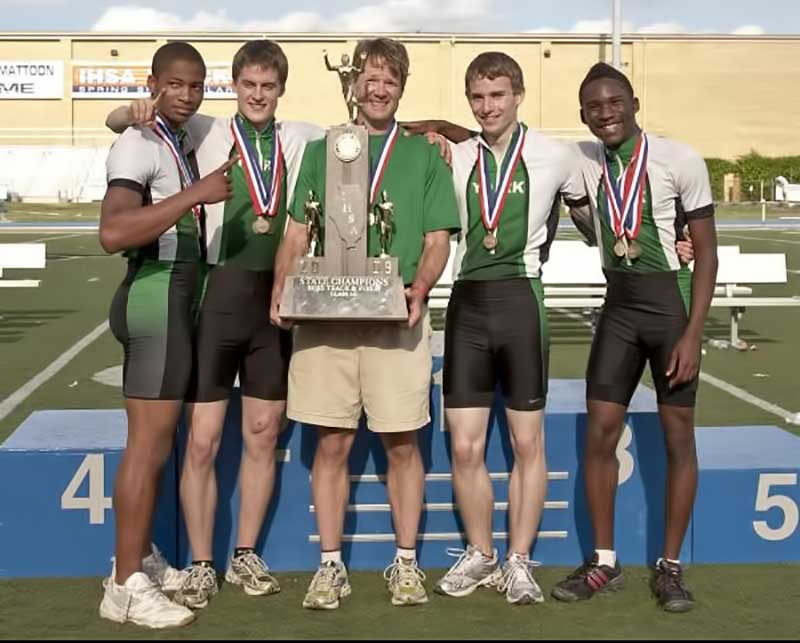
We all have groups of student/athletes who we hope we can change their lives. Sometimes you have a group that changes a coach’s. This group ran 41.84 and 1:26.06, two of the fastest times in state history. (From left) Tarrance Williams, who graduated from Eastern Illinois. You all recognize him as the Eastbay catalogue model. Jimmy Sullivan threw the javelin for University of Illinois, spent a semester in Patagonia in National Outdoor Leadership School, and then walked across South America. John Fox ran at Illinois, but his career was curtailed with a recurring hamstring injury. He is enrolled in law school. Khara Williams is currently breaking into a career in theater.
| Athlete | 10m Fly | Bulgarian Squat Power | Vertical Jump |
| J. Fox | .946 | 649w | 37.5 |
| K. Williams | .964 | 575w | 40 |
| T. Williams | .967 | 570w | 38.7 |
| J. Sullivan | .997 | 441w | 33 |
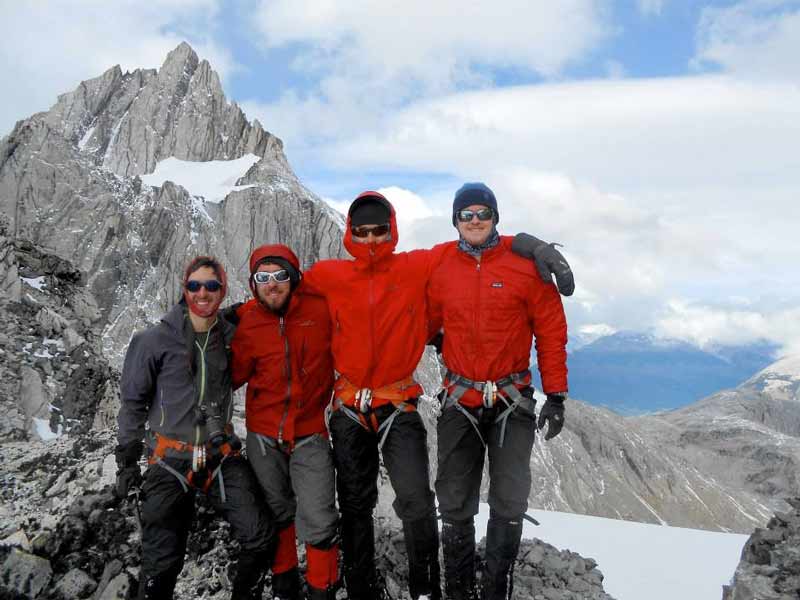
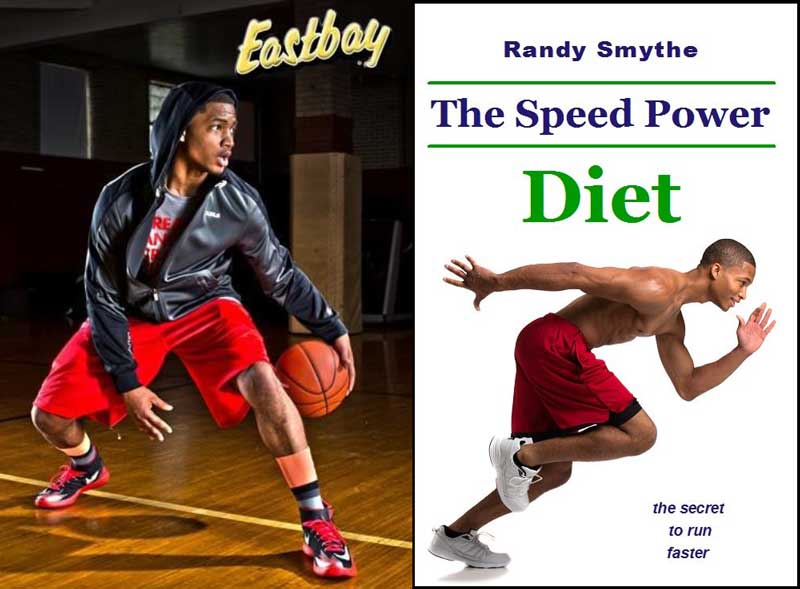
This is a 40-inch jump by Khara. Watch the shadow in the background.
| Athlete | 10m Fly | Bulgarian Squat Power | Vertical Jump |
| S. Molidor | .959 | 635w | 40 |
| Steph Green | 1.227 | 293w | 27 |
| Falk | 1.06 | 372w | 29 |
This is another group of athletes. The first one is a long jump state champion and all-state 100m. The second is a girls all-state 400m runner. And last is a good high school sprinter who ran 11.4 FAT.
Since you’re here…
…we have a small favor to ask. More people are reading SimpliFaster than ever, and each week we bring you compelling content from coaches, sport scientists, and physiotherapists who are devoted to building better athletes. Please take a moment to share the articles on social media, engage the authors with questions and comments below, and link to articles when appropriate if you have a blog or participate on forums of related topics. — SF


Thank you. Information is Power! 🙂
Great article…really makes you think. What might be an alternative exercise for #2? Maybe a fast step up like mentioned in your glute article?
Thanks
Great content. I want to re-imagine and realise the impossible. Where can I get a video of these exercises so I can practice them. I have been searching the web to find a good example of what to *watch* and *learn* from so I can improve my force to the ground and run quicker. I need to fulfill my potential it keeps me up at night.
Great article as always from Korfist. Coach Korfist, if you read this comment what and where can I get what you’re using as a strap for the psoas exercise on the kbox?
Awesome article!
So you do those exercises all year?